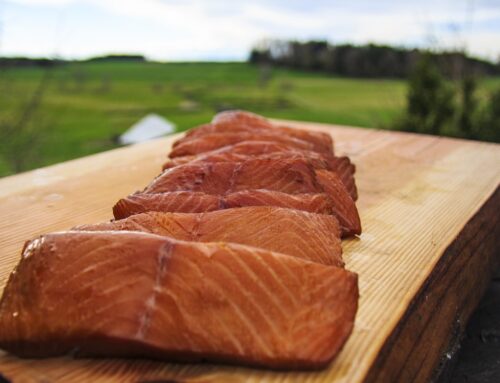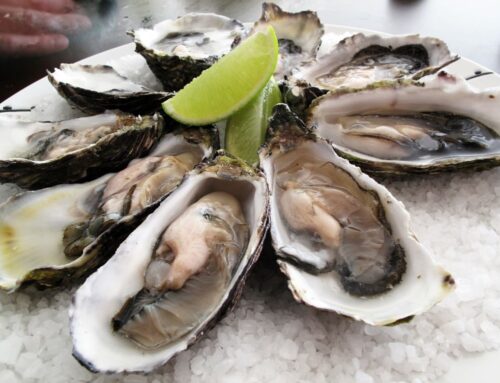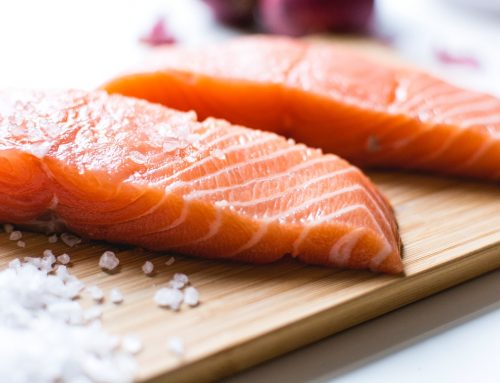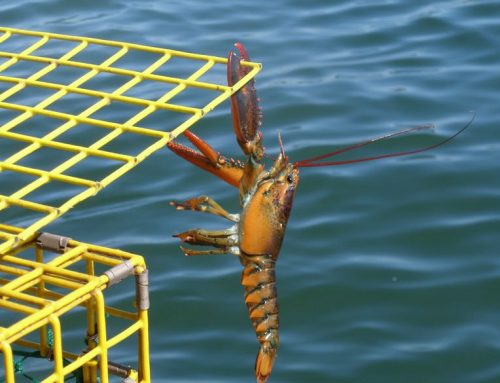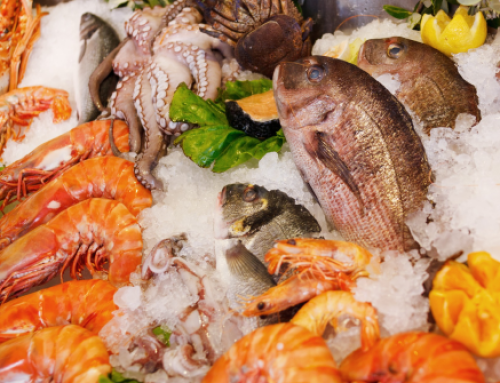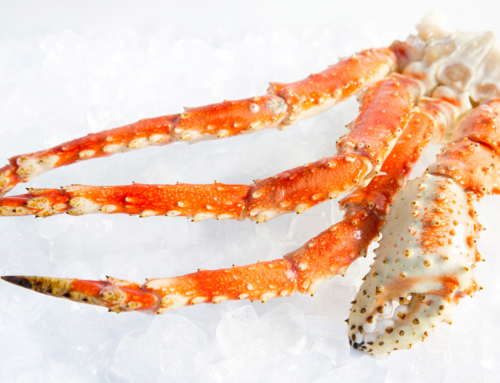Last year, the Gulf of Maine Research Institute published a report that sounds like great news until you read the fine print and see the red flags that lie ahead for New England lobster. In looking at data from 1984-2014, the institute found that the Maine lobster population had more than quintupled, a trend that has continued through the present day, creating some of the highest yields for Maine lobster ever. The main cause for this sudden jump? Warmer ocean waters have made the lobsters more active and reproduce at a higher rate. Yet, these statistics are based on the Maine coast, and there’s an incredibly small sweet spot for lobster populations.
It’s easy to think that the lobster population simply migrates north as a way of counteracting ocean water temperatures, but that’s actually not how it happens. Instead, the change is generational as lobsters reproductive cycle and overall success is largely determined by water temperatures. Too cold and the lobsters stay in a dormant state much of the time leaving less time to reproduce.
Too warm and the reproduction rates drop, while the mortality rates simultaneously increase. The premium quality of “cold-water lobster” with its signature sweet and tender taste also begins to suffer as the water gets too warm. This reproductive and generational cycle also means there’s something of a delay in the change in lobster population based on the prevailing temperatures of local ocean waters.
Boom Times Likely Short-Lived
With this in mind, it’s an open question how much longer southern New England lobster can survive. New York and New Jersey are already in serious trouble. Massachusetts, Connecticut, and Rhode Island are likely next to experience a precipitous decline in the population and quality of their lobster. Even Maine is far from immune to waters that are too warm. If current projections hold, the Maine lobster population is set to decline between 40-62% by 2050. By then, the lobster population will have come close to giving back all its previous gains with even direr projections beyond 2050 as warming ocean waters extend all the way up the coast. What was once Maine lobster will be known pretty much entirely as Canadian lobster.
For the time being, the industry is likely to expand so that it can harvest and sell the current boom in the Maine lobster population. Towns like Stonington, Maine are experiencing record lobster harvests with new fishing grounds being discovered and new species of seafood coming up along with the lobster traps. It’s no wonder that local economic and political leaders describe the state as a “lobstocracy.” Yet, down the road, the state’s economy and identity will have to evolve, and individual towns likely to be devastated if these precipitous drops occur.
What it Means for Consumers
Consumers are all but certain to experience this boom-and-bust cycle with the industry. For next decade or two, expect prices on lobster to stay flat or even go down, even as it’s easier than ever to fill large orders and host big group events in which lobster is a featured item on the menu. These halcyon days are unlikely to last forever. Lobster will never stop being a thing, but it may slowly become dominated by Canadian companies and fishing locations.
Take note of our Affiliate Relationships that may exist with this page and companies listed on it.


